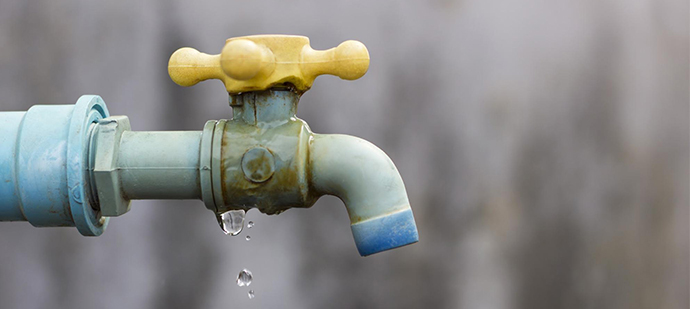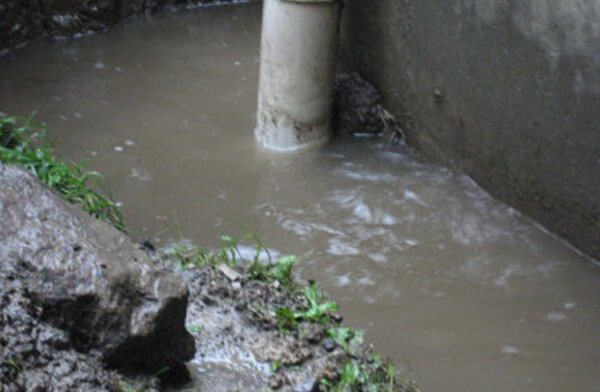Overview To Water Leakage Discovery In Your Home
Overview To Water Leakage Discovery In Your Home
Blog Article
Just how do you actually feel with regards to Locating water leaks?

Early discovery of dripping water lines can mitigate a potential calamity. Some little water leaks might not be noticeable.
1. Examine the Water Meter
Every home has a water meter. Checking it is a surefire manner in which aids you discover leakages. For starters, switch off all the water sources. Ensure nobody will purge, make use of the faucet, shower, run the cleaning equipment or dish washer. From there, most likely to the meter and watch if it will certainly transform. Given that no one is using it, there ought to be no movements. If it moves, that suggests a fast-moving leak. Furthermore, if you detect no changes, wait a hr or two and also examine back again. This suggests you might have a slow-moving leakage that might even be underground.
2. Inspect Water Consumption
If you find unexpected changes, in spite of your usage being the exact same, it means that you have leaks in your plumbing system. An abrupt spike in your expense shows a fast-moving leak.
A steady boost every month, also with the same routines, reveals you have a sluggish leak that's also gradually rising. Call a plumber to completely inspect your residential property, specifically if you feel a warm location on your flooring with piping underneath.
3. Do a Food Coloring Test
30% comes from commodes when it comes to water usage. Test to see if they are running correctly. Decrease flecks of food color in the storage tank and also wait 10 mins. There's a leak between the storage tank and bowl if the color in some way infiltrates your bowl during that time without flushing.
4. Asses Exterior Lines
Do not fail to remember to check your exterior water lines also. Ought to water leak out of the connection, you have a loose rubber gasket. One tiny leakage can squander bunches of water and surge your water costs.
5. Inspect and Evaluate the Circumstance
Home owners need to make it a habit to examine under the sink counters and also inside closets for any bad odor or mold development. These 2 red flags suggest a leak so punctual focus is needed. Doing regular examinations, even bi-annually, can save you from a significant trouble.
If you recognize your residence is already old, maintain a watchful eye on your heaters, pipes, pipelines etc. Look for discolorations and also compromising as many appliances and pipes have a life span. They will additionally naturally degrade due to damage. If you think dripping water lines in your plumbing system, do not wait on it to intensify. Call a professional plumber as soon as possible so you don't end up with a dreadful mess in your home.
Early detection of dripping water lines can minimize a potential catastrophe. Some small water leaks might not be visible. Checking it is a guaranteed method that assists you find leakages. One little leakage can waste loads of water as well as spike your water expense.
If you presume leaking water lines in your plumbing system, don't wait for it to intensify.
WARNING SIGNS OF WATER LEAKAGE BEHIND THE WALL
PERSISTENT MUSTY ODORS
As water slowly drips from a leaky pipe inside the wall, flooring and sheetrock stay damp and develop an odor similar to wet cardboard. It generates a musty smell that can help you find hidden leaks.
MOLD IN UNUSUAL AREAS
Mold usually grows in wet areas like kitchens, baths and laundry rooms. If you spot the stuff on walls or baseboards in other rooms of the house, it’s a good indicator of undetected water leaks.
STAINS THAT GROW
When mold thrives around a leaky pipe, it sometimes takes hold on the inside surface of the affected wall. A growing stain on otherwise clean sheetrock is often your sign of a hidden plumbing problem.
PEELING OR BUBBLING WALLPAPER / PAINT
This clue is easy to miss in rooms that don’t get much use. When you see wallpaper separating along seams or paint bubbling or flaking off the wall, blame sheetrock that stays wet because of an undetected leak.
BUCKLED CEILINGS AND STAINED FLOORS
If ceilings or floors in bathrooms, kitchens or laundry areas develop structural problems, don’t rule out constant damp inside the walls. Wet sheetrock can affect adjacent framing, flooring and ceilings.
https://www.servicemasterbyzaba.com/blog/how-to-detect-water-leakage-in-walls/

As a devoted person who reads on Top leak detection hacks, I think sharing that excerpt was really helpful. Do you know another individual who is enthusiastic about Detecting hidden plumbing leaks? Be sure share it. Many thanks for your time. Don't forget to pay a visit to our blog back soon.
Report this page